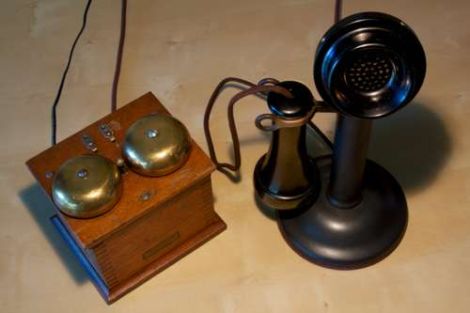[John] wrote in to tell us about this contest hosted by Avnet. All one has to do is upload a video of their design to Avnet’s Youtube page. There are four categories to choose from including: Solar, Communications, Transportation, and Entertainment. Four contestants can win an iPad2.
The only catch, if you can call it that, is that one would have to use at least one component from their “more than five million SKUs available.” The thing that makes this contest more interesting than it usually would be is that there appears to be no contest entries as of August 24th. Official rules can be found on their site here.
The contest runs through the end of August, so there isn’t a lot of time to get a design together. However, it’s possible that you have something already built that fits into their product catalog. Make a 30-90 second video of it in action and you’ve got a (very good apparently) chance of winning an iPad2! Check out the contest video after the break. Continue reading “A Design Contest With High Odds Of Winning!”














